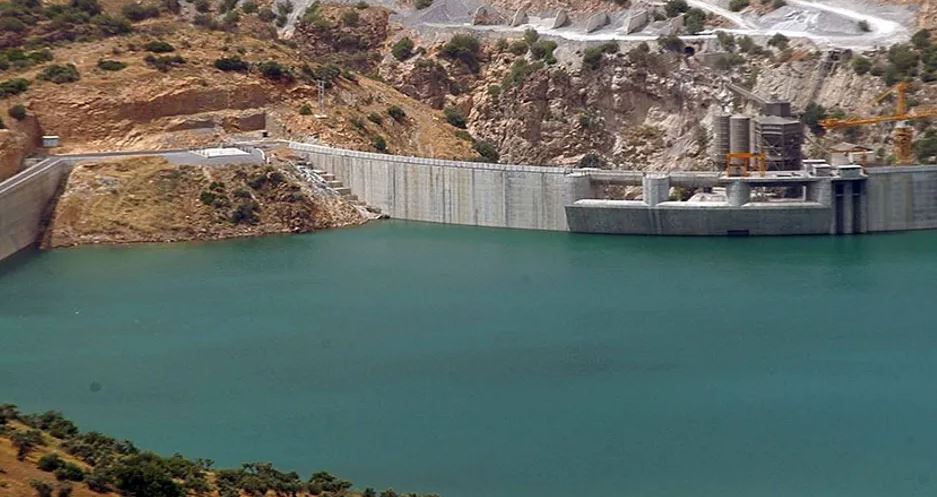After the state of despair experienced by farmers in various regions of Morocco, due to successive years of drought and the deterioration of the water bed, the recent rains in the country revived the hopes of farmers and had a positive impact on the dams.
The heavy rains that spread across all regions of the country will contribute to reviving the agricultural cycle for the current agricultural season, and raising the water level in dams and water beds.
According to the latest statistics related to the state of filling the dams on Friday, which Sky News Arabia reviewed, the heavy rainfall contributed to raising the level of the dams, as the water reserve amounted to a total of 4589.6 million cubic meters, with a filling rate of 28.5 percent.
Alleviating farmers’ concerns
In this regard, the environmental expert, Mustafa Benramel, said in an interview with “Sky News Arabia” that the rains helped fill Morocco’s dams and reduce the fears of Moroccan farmers and officials about another agricultural season hit by drought, and its dangers still threaten the current season after the lack of rain for years. .
Benramel added that the percentage of filling dams at the national level amounted to about 28 percent, while it was 34.6 percent during the same period last year, according to the source of the Ministry of Equipment and Water.
The environmental expert believes that, despite the significant rainfall, measures must be taken to conserve water resources and raise awareness of their importance and preservation.
The precipitation is not enough to fill the deficiency
In light of this situation, Benramel believes that it is necessary to mobilize all available water resources, accelerate the construction of seawater desalination facilities, treat wastewater, direct agricultural activity, and rationalize the use of water in all aspects of daily life in order to anticipate all possible scenarios in light of the decline in annual rainfall over the years. The latter, which cannot be filled with these recent precipitations, will not even suffice to meet Morocco’s needs during this year.
full filling ratio
On the other hand, Omaima Khalil al-Fan, a researcher in water and sustainable development, considered that the heavy rains that Morocco witnessed will contribute to reviving the current agricultural season, and will also help provide the agricultural sector with water for irrigation, irrigation and filling the dams.
Khalil al-Fan said that the filling rate of dams varies according to the regions, because some large dams almost achieved a full filling rate, such as the Wadi al-Makhazin Dam, which has an estimated water reserve of 446.1 million cubic meters, with a filling rate of 66.3 percent.
As for the small dams, the statistics record the fullness of a number of them, and the near fullness of others during the next few days in the event of continued rainfall, as the percentage of filling the Palm Dam reached 100 percent, as she put it.
As for the repercussions of this rain on the vegetation cover, the water expert said that the rains will contribute to the recovery of the vegetation cover, as well as trees and all agricultural products.
According to Muhammad Siddiqui, Minister of Agriculture, Rural Development, Forestry and Fishing, he expressed his optimism about the positive effects of rainfall that all regions of the Kingdom know, because it will have a positive impact on vegetation cover and the rest of agricultural activities, especially the frequency of planting autumn crops, which will extend to mid-January next in the regions. mountainous.
The same minister said, “These precipitations will positively affect the fruit trees, the renal savings for livestock, the dams’ capacity, the filling rate, and the groundwater stock.”












